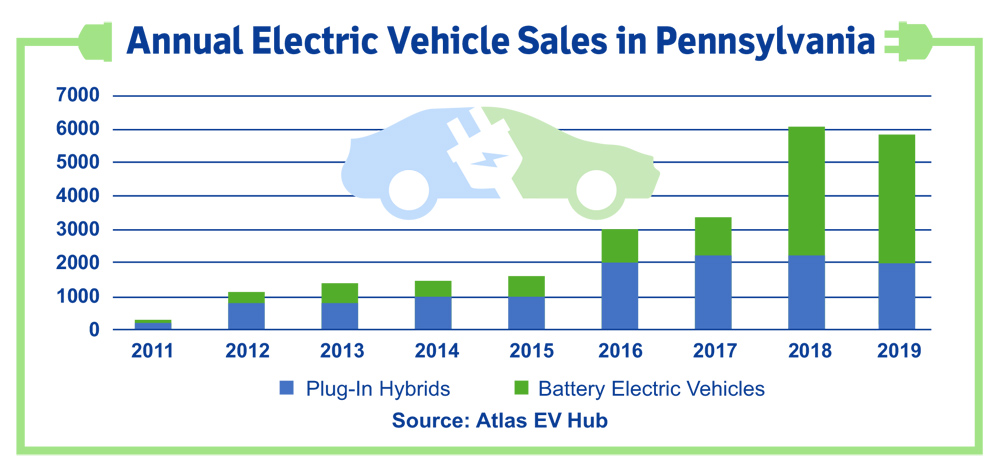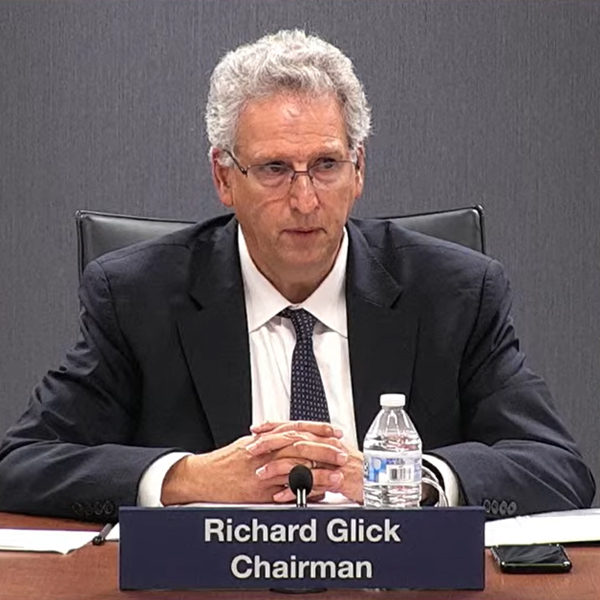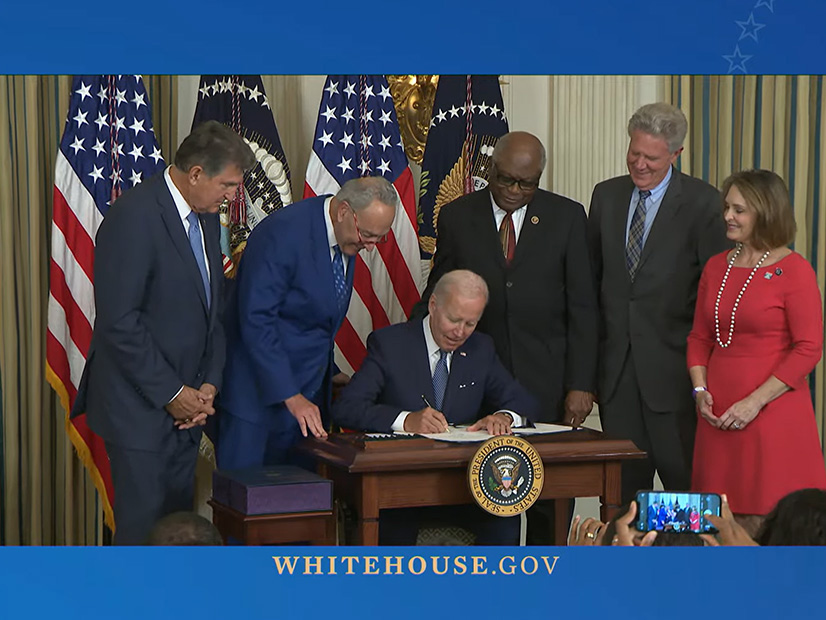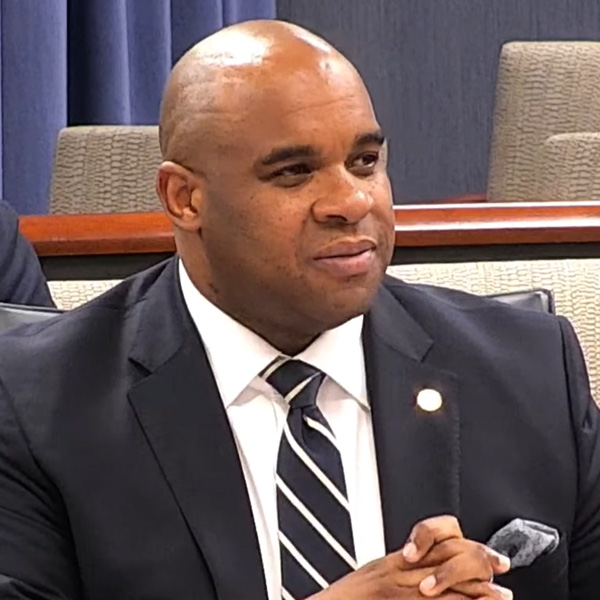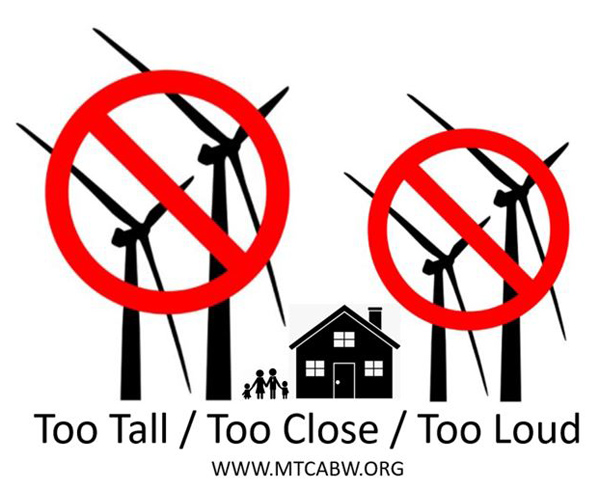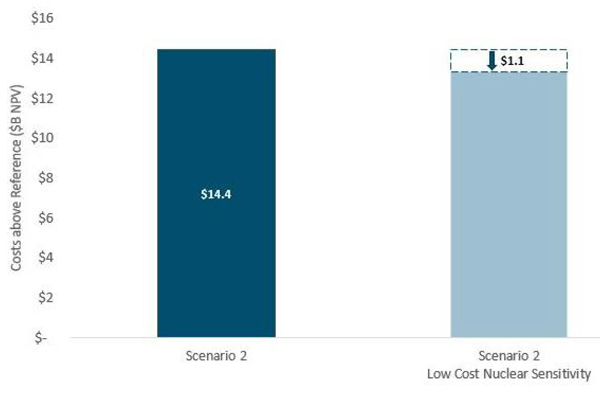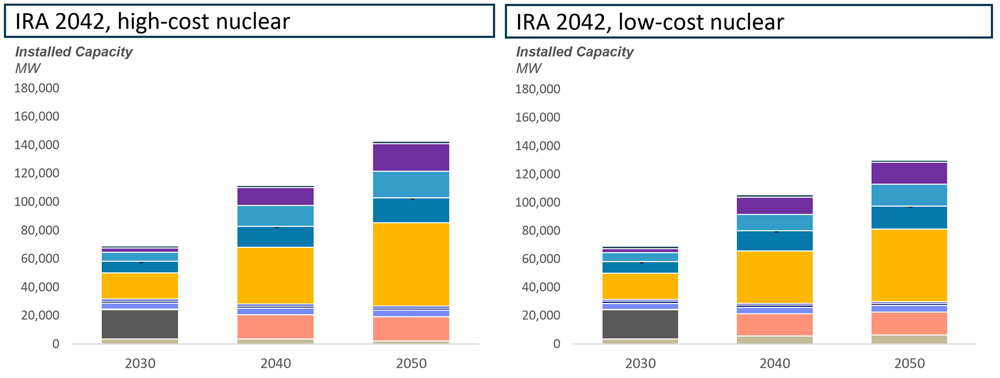The California Public Utilities Commission released a new net metering plan Thursday after months of controversy over its prior efforts to cut payments to rooftop solar owners for exported electricity and to charge them grid-connection fees.
The latest proposal tries to strike a balance between the competing demands of the solar industry and an alliance of investor-owned utilities and ratepayer advocates. The solar industry argues that reducing the state’s generous incentives will undermine solar adoption, while the utilities and ratepayer advocates say the state’s current net-metering scheme shifts billions of dollars in costs from those who can afford rooftop solar to those who cannot.
The CPUC is working under a legislative mandate to revise the state’s net energy metering (NEM) tariff by next year.
Under the latest plan, the existing “net energy metering tariff and its sub-tariffs are revised to balance the multiple requirements of the Public Utilities Code and the needs of the electric grid, the environment, participating ratepayers, as well as all other ratepayers,” the Nov. 10 proposed decision says.
The new plan would not change the credits paid to current rooftop solar owners for excess electricity they export to the grid. Utilities compensate those homeowners at full retail electricity rates, which are much higher than the costs of utility-scale solar.
The subsidies are credited with making California the nation’s leader in rooftop solar over the past 25 years.
“Since 1997, California has supported the rooftop solar market through its NEM tariffs, which have enabled 1.5 million customers to install more than 12,000 megawatts of renewable generation,” the CPUC said in a news release.
The CPUC’s prior net metering reform proposal, issued in December 2021, would have slashed NEM bill credits by more than half and possibly up to 80%. (See California PUC Proposes New Net Metering Plan.)
Under the new proposal, future rooftop solar owners would be compensated differently from existing customers.
“In the successor tariff, the structure of the [current NEM] tariff is revised to be an improved version of net billing, with a retail export compensation rate aligned with the value that behind-the-meter energy generation systems provide to the grid and retail import rates that encourage electrification and adoption of solar systems paired with storage,” the proposed decision says.
“The successor tariff applies electrification retail import rates, with high differentials between winter off-peak and summer on-peak rates, to new residential solar and storage customers instead of the time-of-use rates in the current tariff,” it says. “The successor tariff also replaces retail rate compensation for exported energy with Avoided Cost Calculator values that vary according to grid needs.”
A fact sheet accompanying the proposed decision says the new rate structure would encourage customers to install battery storage so they can store solar electricity generated in the daytime and sell it to the grid on hot summer evenings, when prices are higher, and the state needs it most for reliability.
Strained grid conditions in the past three summers occurred during heat waves when solar ramped down in the evening but demand remained high from air conditioning use.
The state legislature approved $900 million in funding this year to spur adoption of rooftop solar and battery storage, including $630 million for lower-income households. Those who install solar or solar coupled with storage in the next five years will receive extra payments.
“Customers lock in these extra bill credits for nine years,” the CPUC said in the fact sheet.
The solar industry would benefit by selling more storage along with solar arrays, it said.
The new plan removes a controversial provision contained in the December proposal to impose an $8/kWh grid charge on solar customers’ bills, averaging about $48 per month for residential customers.
The CPUC estimated that under the new plan, residential customers installing solar will save an average of $100 a month on their electricity bills, and those installing solar and batteries will save $136 a month or more.
“With these savings … customers will fully pay off their solar systems in just nine years or less,” the CPUC said in the fact sheet.
Neither Side Happy
Both the solar industry and investor-owned utilities expressed dissatisfaction with the plan last week.
The California Solar and Storage Association said in a news release that “based on an initial analysis the [Nov. 10 proposal] would cut the average export rate [for rooftop solar] in California from $0.30 per kilowatt to $0.08 per kilowatt and make those cuts effective in April 2023, resulting in a 75% reduction in value of exports.”
The trade group’s executive director, Bernadette Del Chiaro, said in the statement that the “CPUC’s new proposed decision would really hurt. It needs more work, or it will replace the solar tax with a steep solar decline. An immediate 75% reduction of net energy metering credits does not support a growing solar market in California.
“If passed as is, the CPUC’s proposal would protect utility monopolies and boost their profits, while making solar less affordable and delaying the goal of 100% clean energy,” she said
Affordable Clean Energy for All, an advocacy group that includes the state’s three large investor-owned utilities, said the plan does not go far enough.
“The CPUC’s new proposed decision released today fails to make the meaningful reform necessary to ensure that all electricity customers, those with rooftop solar and those without, pay their fair share of the costs for electric grid reliability, wildfire mitigation and other state mandated programs that benefit all Californians,” the group said in a news release.
“It is extremely disappointing that under this proposal, low-income families and all customers without solar will continue to pay a hidden tax on their electricity bills to subsidize rooftop solar for mostly wealthier Californians,” the group’s spokesperson Kathy Fairbanks said in the news release.
Parties have 20 days to comment on the proposal. The CPUC plans to take it up for the first time at its Dec. 15 voting meeting.
